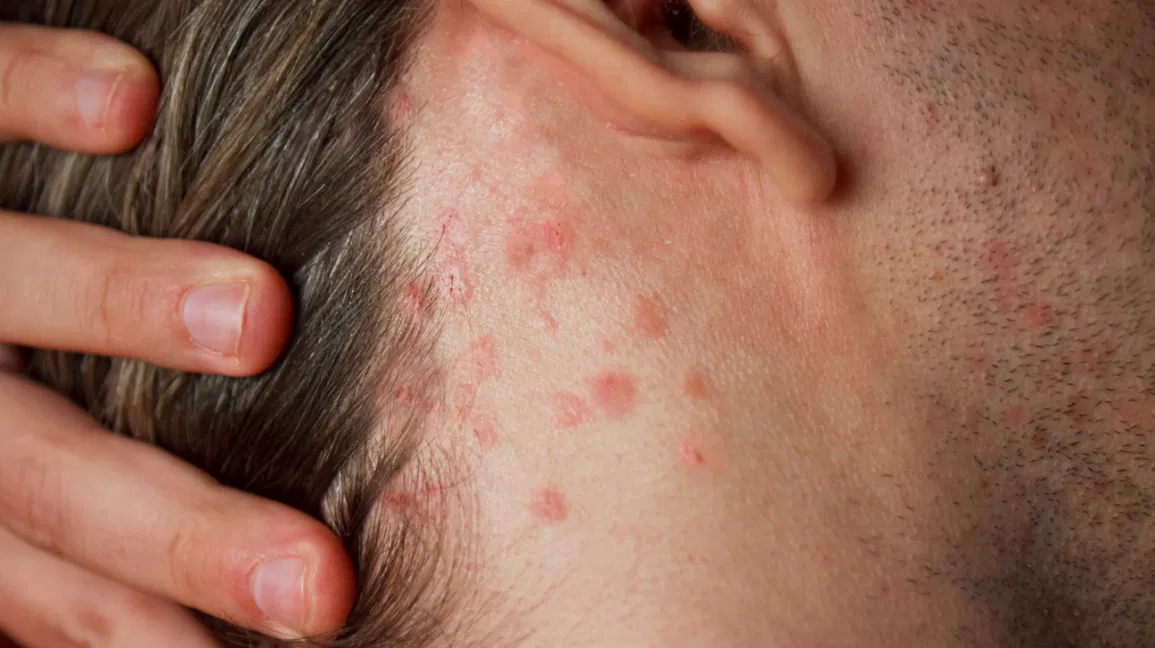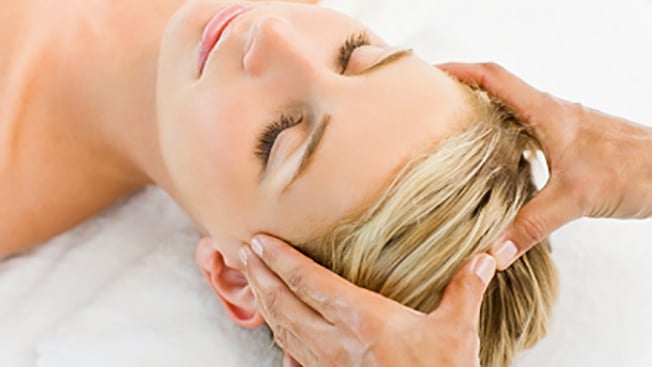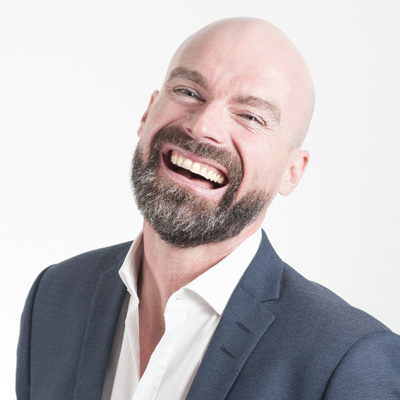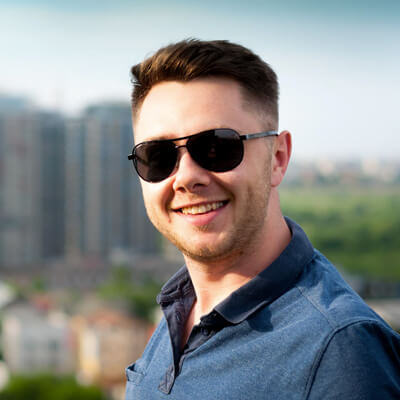Face Scalp
Scalp Treatment
Scalp treatments are one of the most underrated services at any salon. Think about it: if you want healthy hair, doesn’t it make sense that you need to nourish the foundation at the scalp? So many people live with poor scalp health, but there are plenty of ways to treat and prevent that while also indulging in the pampering aspect of visiting a salon! There are so many benefits to getting a scalp treatment
Results indicate that there exist morphological differences in hair among the studied population. Since most students color their hair and employ various hairstyling methods, they should be educated regarding best hair care practices to improve their scalp hair condition and health.


Introduction
Scalp care is essential because it determines the health and condition of the hair and prevents the diseases of scalp and hair. The objectives of our study were to correlate race and hair types, to determine the awareness of hair care among Malaysian medical students, and to distinguish the factors that affect the health of hair and scalp.
It was a cross-sectional study wherein validated questionnaires were given to 240 medical undergraduate students who belonged to three ethnic races of Malaysia, i.e., Chinese, Malay, and Malaysian Indians after their informed consent. The results were then analyzed using percentage statistics.
TREATMENT
Repair superficial lacerations that involve the cheek and surface of the face with 6-0 nonabsorbable monofilament, simple, interrupted, percutaneous sutures. Alternatives include rapidly absorbable sutures or tissue adhesives. If there is significant skin tension, place intradermal 4-0 absorbable sutures, and make sure the parotid duct is not caught in the suture (Figure 42-11). If the parotid duct is injured, operative repair is indicated.
A full-thickness cheek laceration traverses the skin and the underlying subcutaneous tissue/muscle and penetrates through the intraoral mucosa. Such wounds are repaired in layers, starting with the intraoral mucosa. Once the mucosa is closed, reirrigate the wound before closure of the skin and subcutaneous layers. The skin and subcutaneous layers can often be brought together with percutaneous sutures using 5-0 or 6-0 material. If this does not allow the subcutaneous tissue to fill in the wound, use a small number of 4-0 absorbable simple sutures to approximate the muscle or subcutaneous tissue.

Make an Appointment
Book your appointment today for a personalized consultation. Whether you're interested in PRP treatment or other hair restoration solutions, our expert team is here to guide you through the process. Let's discuss how we can help you achieve your desired results.
Frequently Asked Questions
Hair restoration and PRP therapy can raise many common concerns among our clients. Below, we’ve compiled answers to frequently asked questions to help you better understand the PRP hair treatment process, its benefits, and what to expect during your journey to healthier hair. If you have any additional questions, feel free to contact our specialists.
-
What is PRP hair
treatment and how does it work?
PRP (Platelet-Rich Plasma) therapy involves drawing a small amount of your blood, processing it to extract the platelet-rich plasma, and injecting it into your scalp. The platelets release growth factors that stimulate hair follicles, promoting natural hair growth and improving hair thickness.
-
How
long does it take to see results from PRP hair treatment?
Most patients begin to see noticeable improvements within 3-6 months after starting PRP therapy. However, the timeline can vary based on individual hair growth cycles and the severity of hair thinning.
-
Is
PRP treatment painful?
The procedure involves minor discomfort since it uses small injections into the scalp. Most patients find the pain tolerable, and a numbing cream is often applied beforehand to minimize any discomfort.
-
How
many PRP sessions will I need?
Typically, a series of 3-4 sessions spaced 4-6 weeks apart is recommended to achieve optimal results. After the initial treatments, maintenance sessions every 6-12 months may be suggested to sustain hair growth.
-
Are
there any side effects of PRP hair treatment?
PRP treatment uses your own blood, so the risk of adverse reactions is minimal. Some mild swelling, redness, or tenderness at the injection site may occur but typically resolves within a few days.





